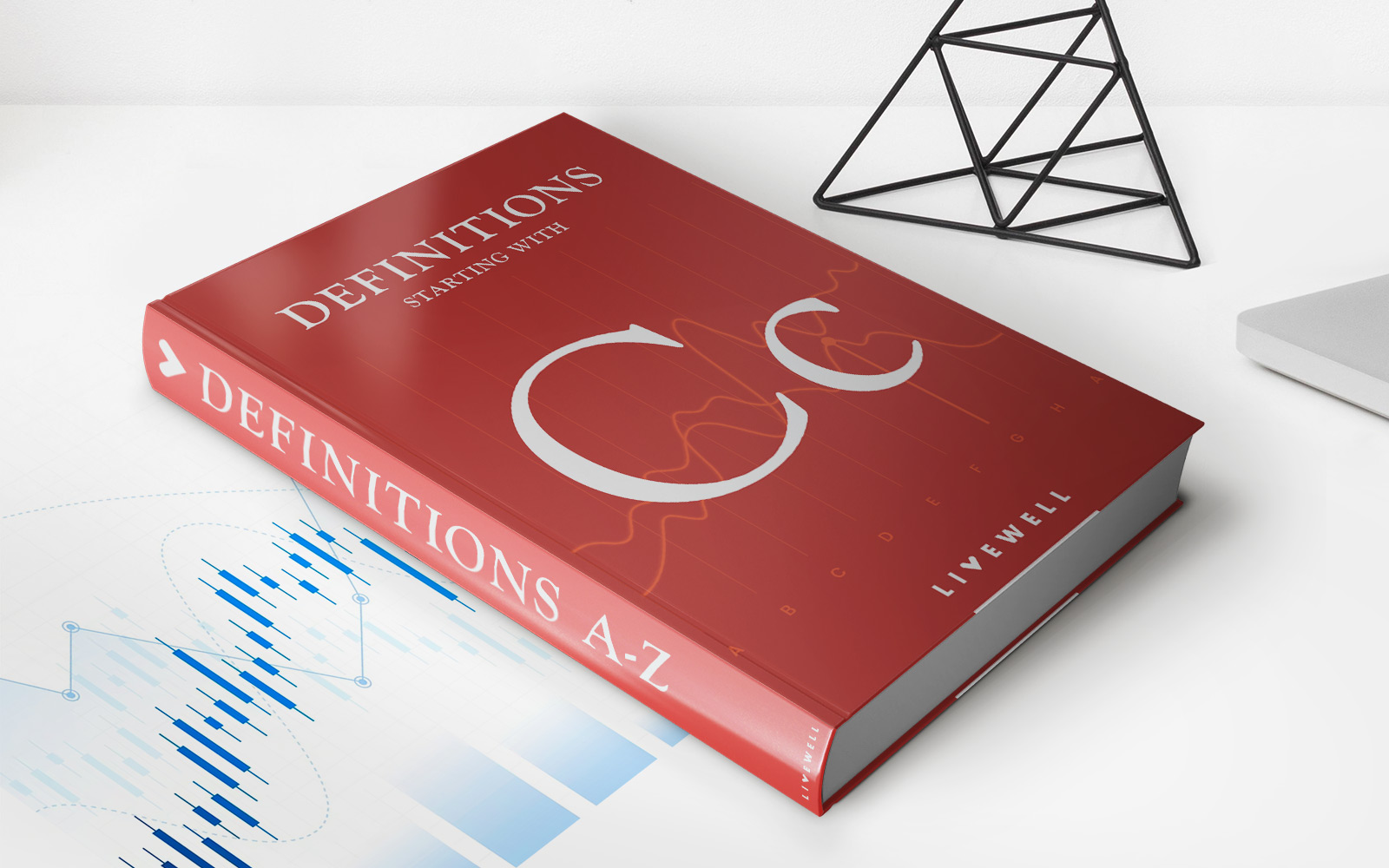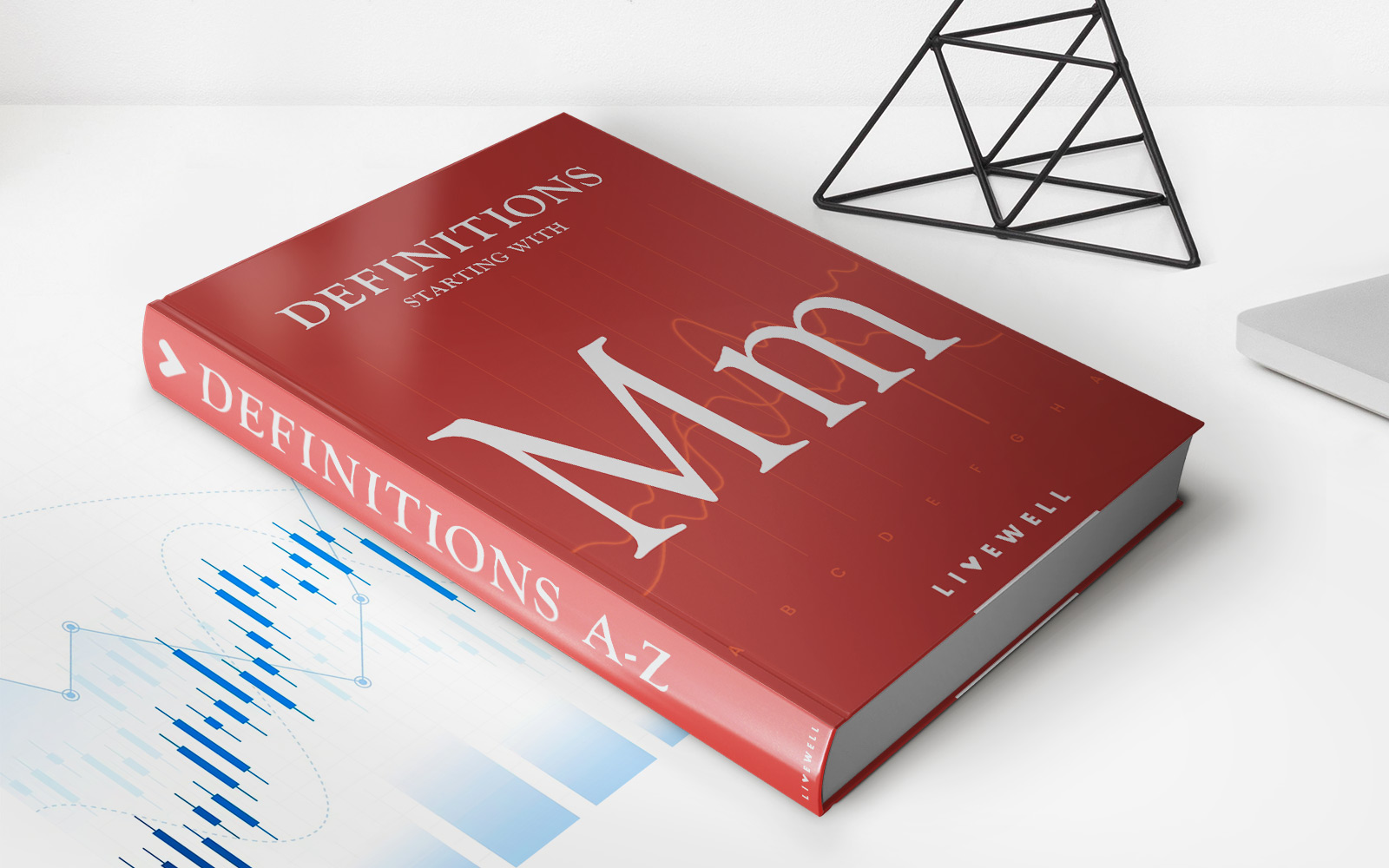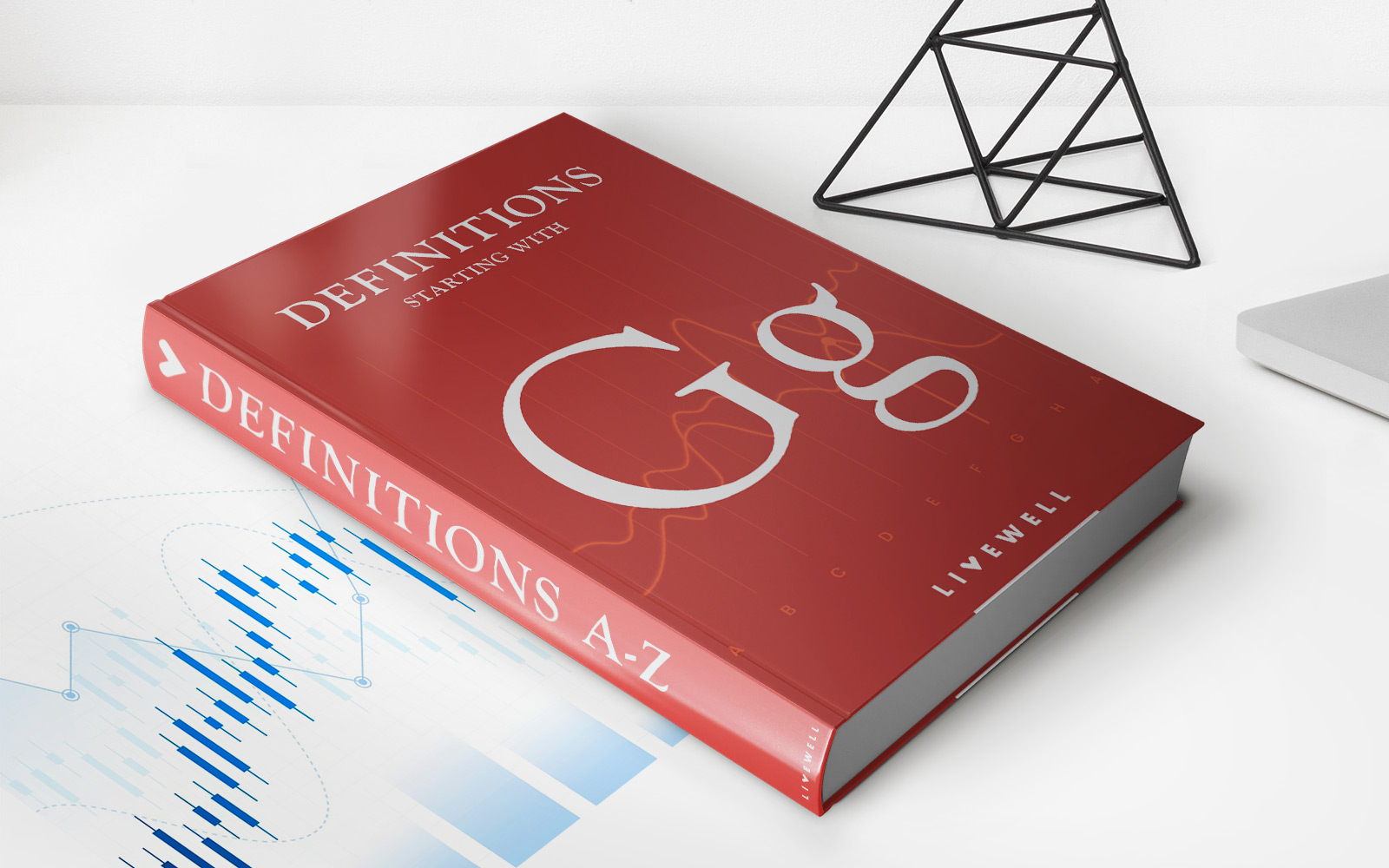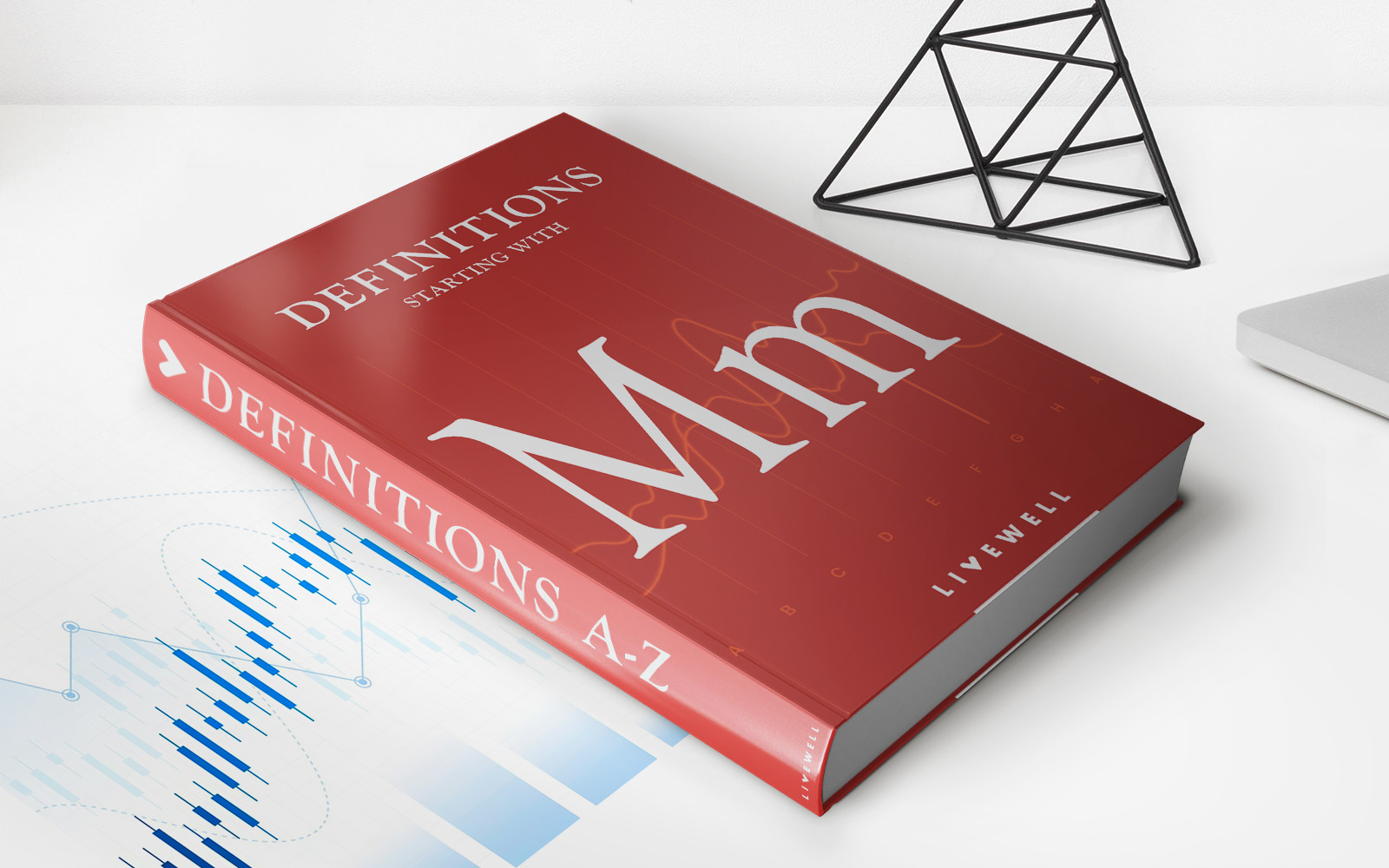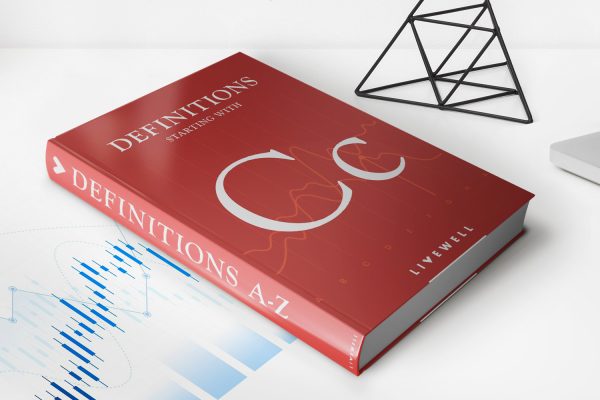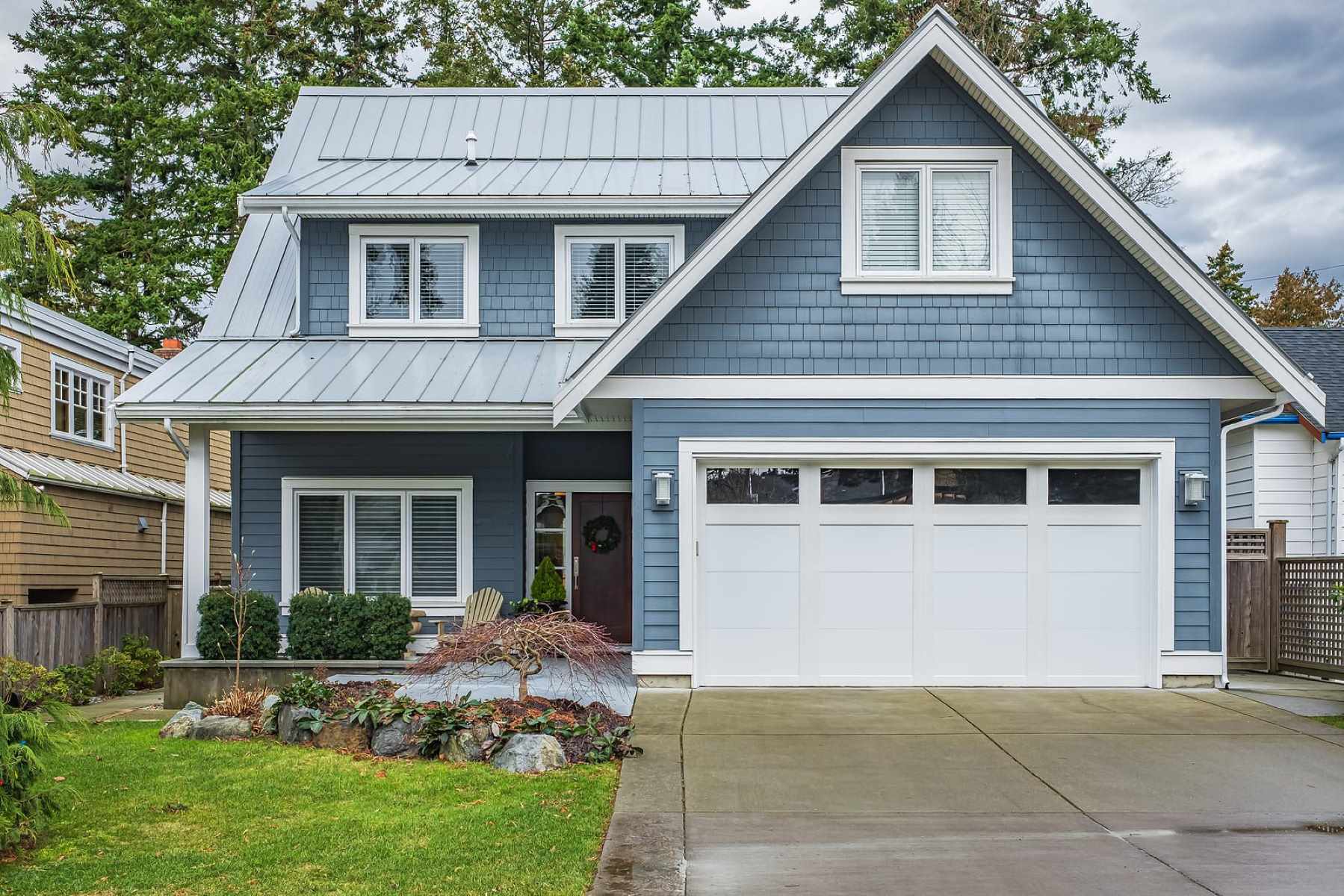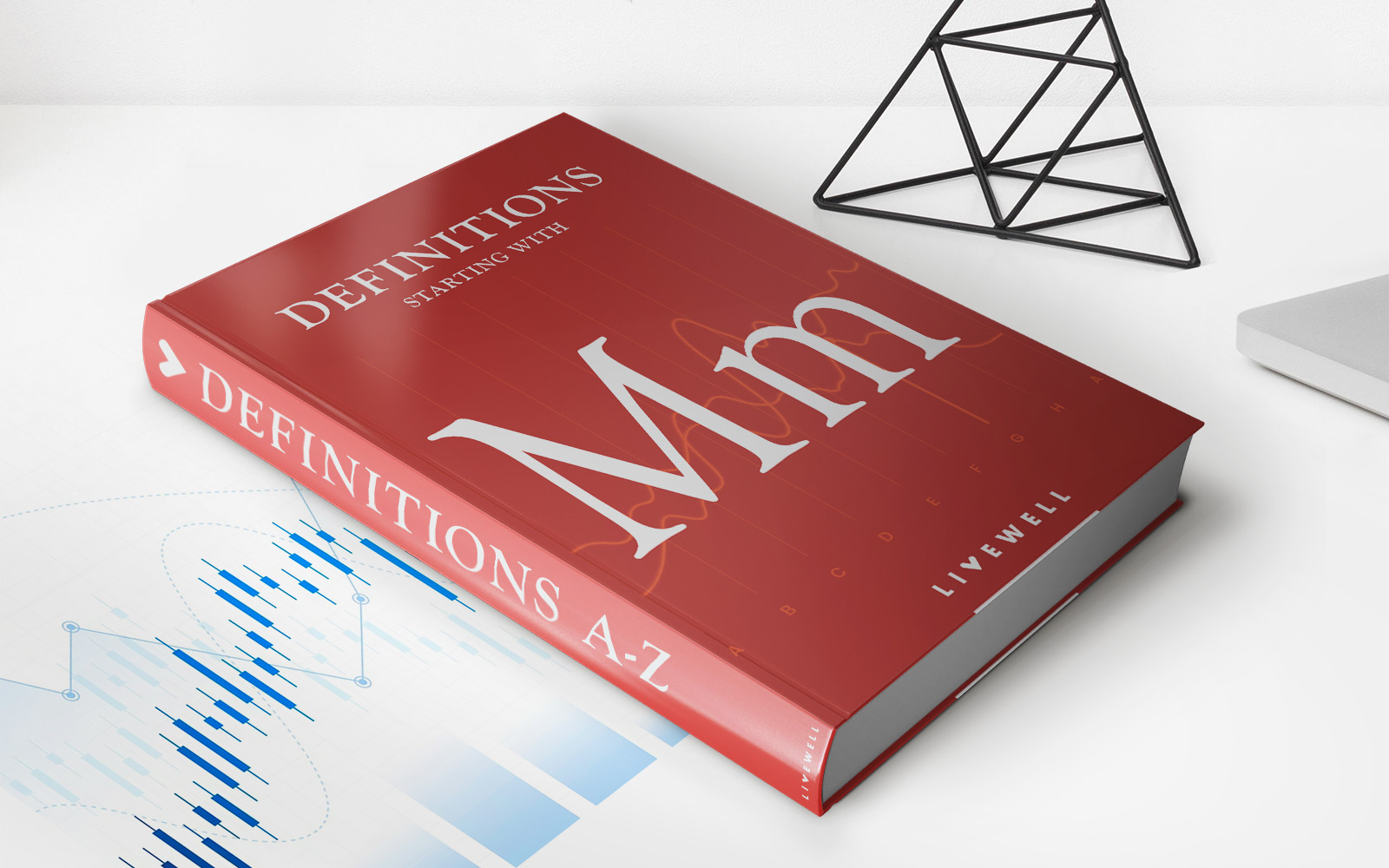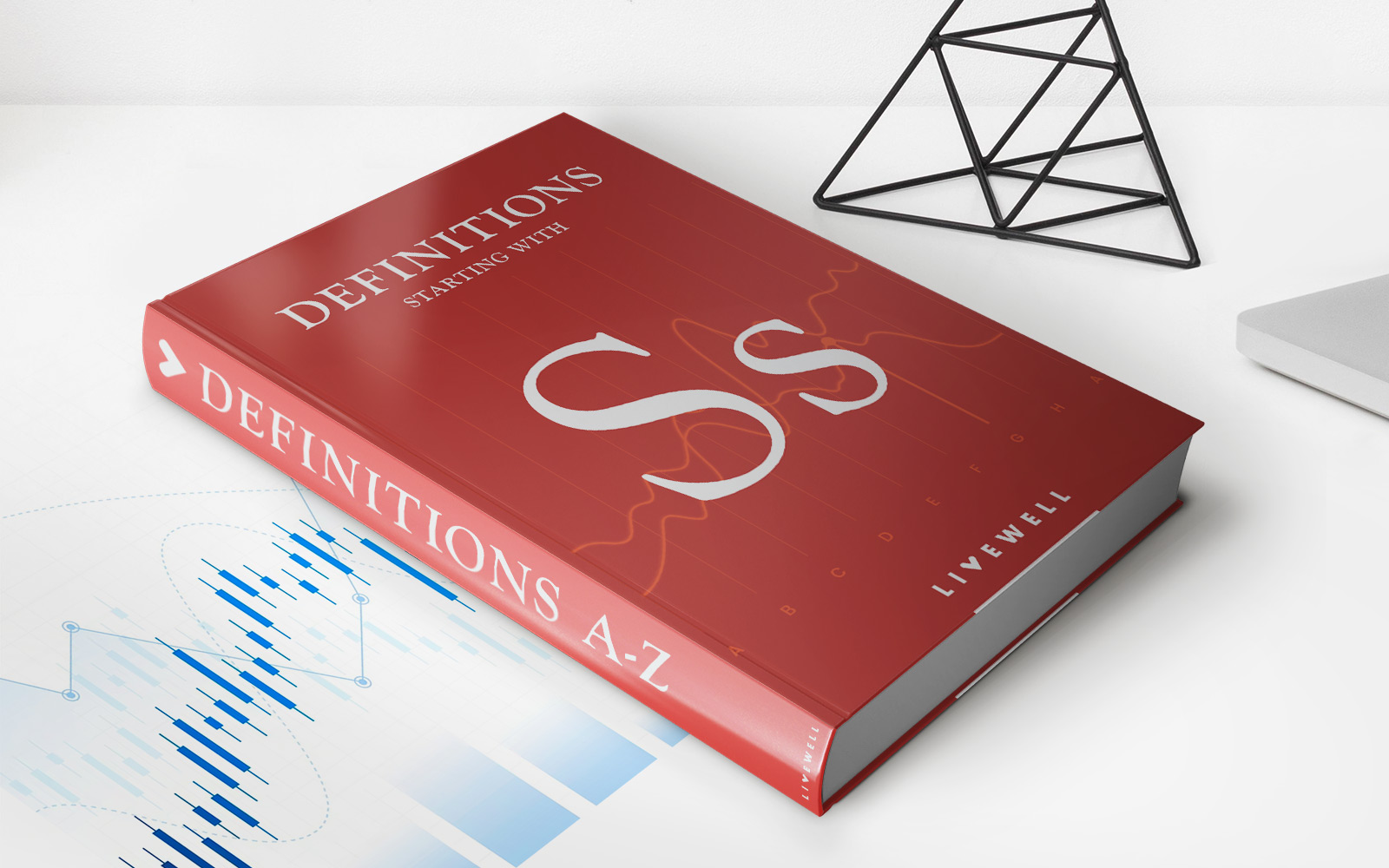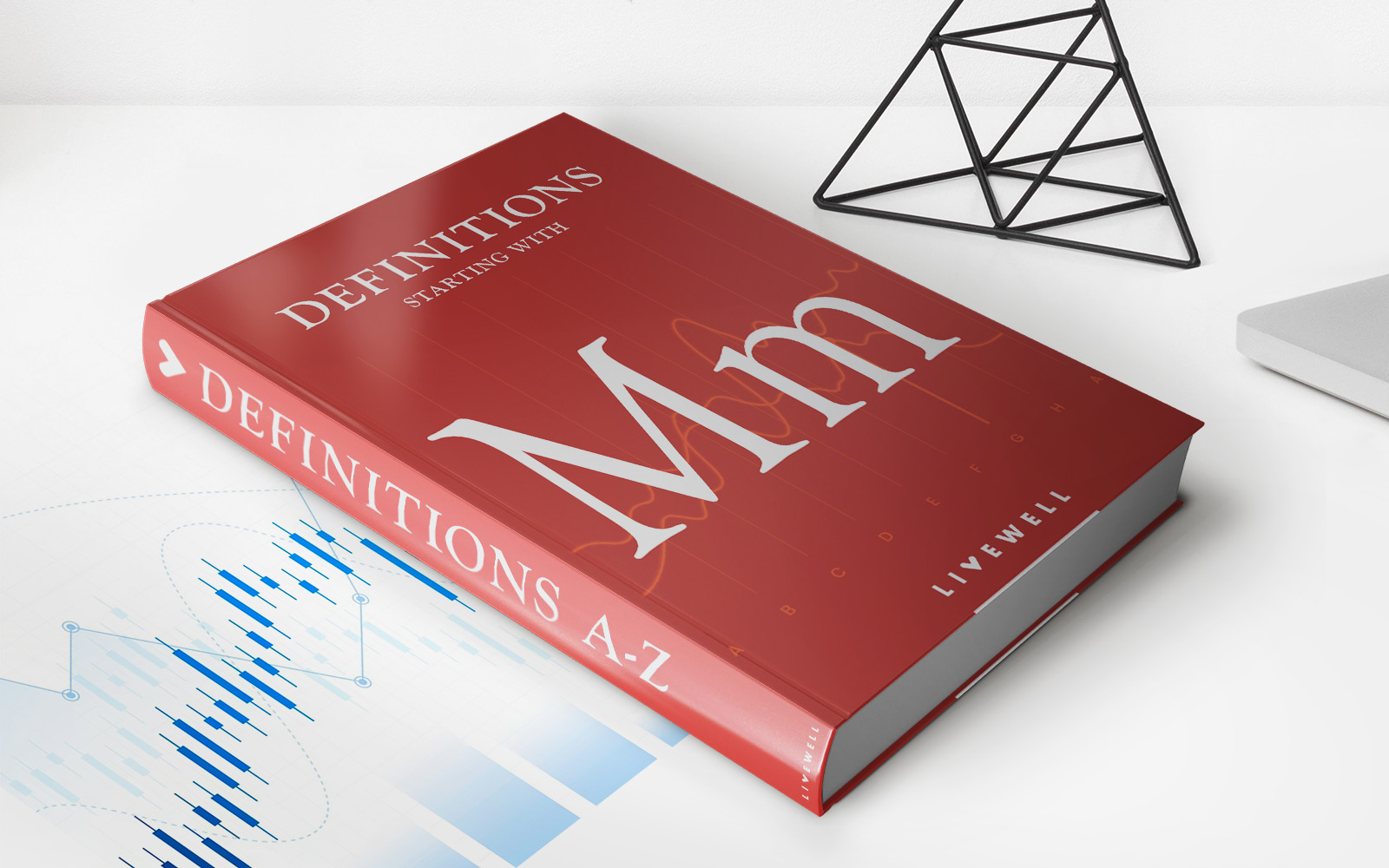

Finance
Middle Class: Definition And Characteristics
Published: December 25, 2023
Learn the definition and key characteristics of middle class in finance, including income levels, savings habits, and lifestyle choices.
(Many of the links in this article redirect to a specific reviewed product. Your purchase of these products through affiliate links helps to generate commission for LiveWell, at no extra cost. Learn more)
The Middle Class: Definition and Characteristics
Welcome to our blog post on the middle class, an essential category in the finance section of our website. Whether you’re a financial guru or just getting started on your financial journey, understanding the middle class and its defining characteristics is crucial. In this article, we’ll define the middle class and explore its unique features, helping you gain a better insight into this important socioeconomic group.
Key Takeaways:
- The middle class is a socioeconomic group that falls between the working class and the upper class.
- Members of the middle class often have stable incomes, own their homes, and possess a higher level of education.
What is the Middle Class?
Before delving into the specific characteristics, let’s define what we mean by the middle class. The middle class is a socio-economic group that falls between the working class and the upper class. It represents a significant portion of the population and plays a vital role in a country’s economy. The middle class is often associated with a certain level of financial stability and a comfortable standard of living.
Characteristics of the Middle Class:
- Stable Income: Members of the middle class typically have stable and consistent incomes. This financial security allows them to meet their basic needs without struggling.
- Homeownership: The middle class tends to have higher rates of homeownership compared to the lower-income groups. This is often seen as a symbol of achieving a certain level of financial stability.
- Education: Education plays a crucial role in the middle class. Middle-class individuals often have higher levels of education, which can open up more job opportunities and contribute to higher incomes.
- Consumer Spending: The middle class is a substantial driving force behind consumer spending. With their stable incomes, middle-class households are more likely to have disposable income to spend on goods and services, contributing to economic growth.
- Work-Life Balance: Middle-class individuals strive to maintain a healthy work-life balance. They often prioritize leisure time, family, and personal development alongside their professional pursuits.
While these characteristics generally define the middle class, it’s important to note that the middle class can vary from country to country, and even within different regions of the same country. Factors such as cost of living, economic conditions, and cultural values can influence the specific characteristics of the middle class in different contexts.
Conclusion
The middle class is a crucial socio-economic group that forms the backbone of many economies around the world. Understanding the defining characteristics of the middle class can provide insights into their financial behaviors, aspirations, and impact on the broader society. By acknowledging the importance of the middle class, individuals and policymakers alike can work towards creating an environment that fosters financial stability and upward mobility.
